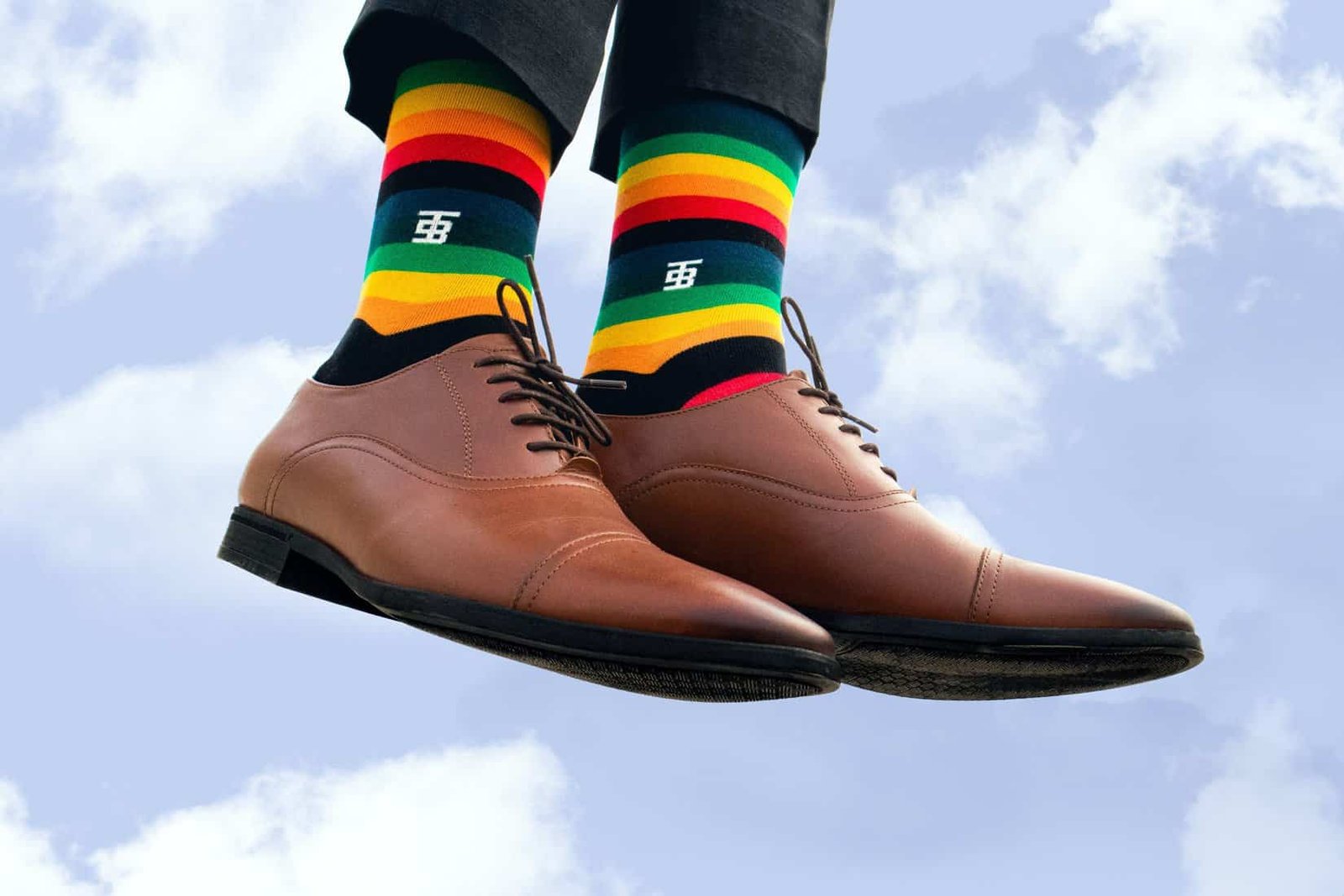Is There Any Difference Between Left And Right Socks?
Have you ever stopped to consider whether there is a difference between left and right socks? While it may seem like a trivial detail, the design of left and right socks is actually quite different, with each version intended to fit and conform to the unique shape of each foot.
In this article, we will explore the differences between left and right socks, including their design and intended use, as well as their potential benefits and drawbacks.
Whether you’re an athlete looking to improve your performance or simply someone who wants to experience the ultimate in foot comfort, read on to learn more about the differences between left and right socks.
What are the differences between Left and Right Sock?
The concept of left and right socks may seem insignificant to some, but for others, it can make a significant difference in terms of comfort and functionality. In this article, we will explore the differences between left and right socks, including their design and intended use, as well as their potential benefits and drawbacks.
First, let’s define what we mean by “left” and “right” socks. In the context of socks, “left” and “right” refer to the specific foot for which the sock is intended. Just as we have left and right shoes, socks also come in left and right versions to better fit and conform to the unique shape of each foot.
One of the main differences between left and right socks is their design. Left socks are typically designed with a slightly wider and deeper toe box to accommodate the larger toes on the left foot. Right socks, on the other hand, have a more narrow and shallow toe box to fit the smaller toes on the right foot.
Another difference between left and right socks is the way they are worn. Left socks are designed to be worn on the left foot, with the heel of the sock on the outside of the foot and the toe pointing towards the inside. Right socks are worn on the right foot, with the heel on the inside and the toe pointing towards the outside.
Now, let’s explore the potential benefits of left and right socks. The main advantage of wearing socks designed for your specific foot is increased comfort. By conforming to the unique shape of your foot, left and right socks can help reduce slippage and bunching, which can cause discomfort and even blisters.
Additionally, left and right socks can help improve the fit and feel of your shoes, as they are designed to work in tandem with your foot shape and movement.
Another potential benefit of left and right socks is improved performance. For athletes or those engaging in physical activity, the right sock can help improve power and speed. For example, a runner wearing left and right socks may experience a more efficient stride and less fatigue due to the sock’s ability to support and stabilize the foot.
On the other hand, there are also some potential drawbacks to consider when it comes to left and right socks. One potential issue is cost. Left and right socks are often more expensive than regular socks, as they require more specialized design and manufacturing processes.
Additionally, left and right socks may be harder to find in stores, as they are not as common as regular socks.
Another potential drawback of left and right socks is the learning curve. It can take some time and practice to get used to wearing socks that are designed specifically for your left or right foot. For some people, the difference may be subtle and not worth the extra effort, while others may find it to be a significant improvement in comfort and performance.
Conclusion
In conclusion, while the difference between left and right socks may seem small, it can make a big impact on comfort and performance. If you are someone who experiences discomfort or blisters from regular socks, or if you are an athlete looking to improve your performance, then left and right socks may be worth considering.
However, it’s important to keep in mind that they may come at a higher cost and may require some adjustment to get used to wearing them. Ultimately, the decision to try left and right socks is a personal one, and it’s up to you to decide if the potential benefits are worth the extra effort and cost.
You might also like:

